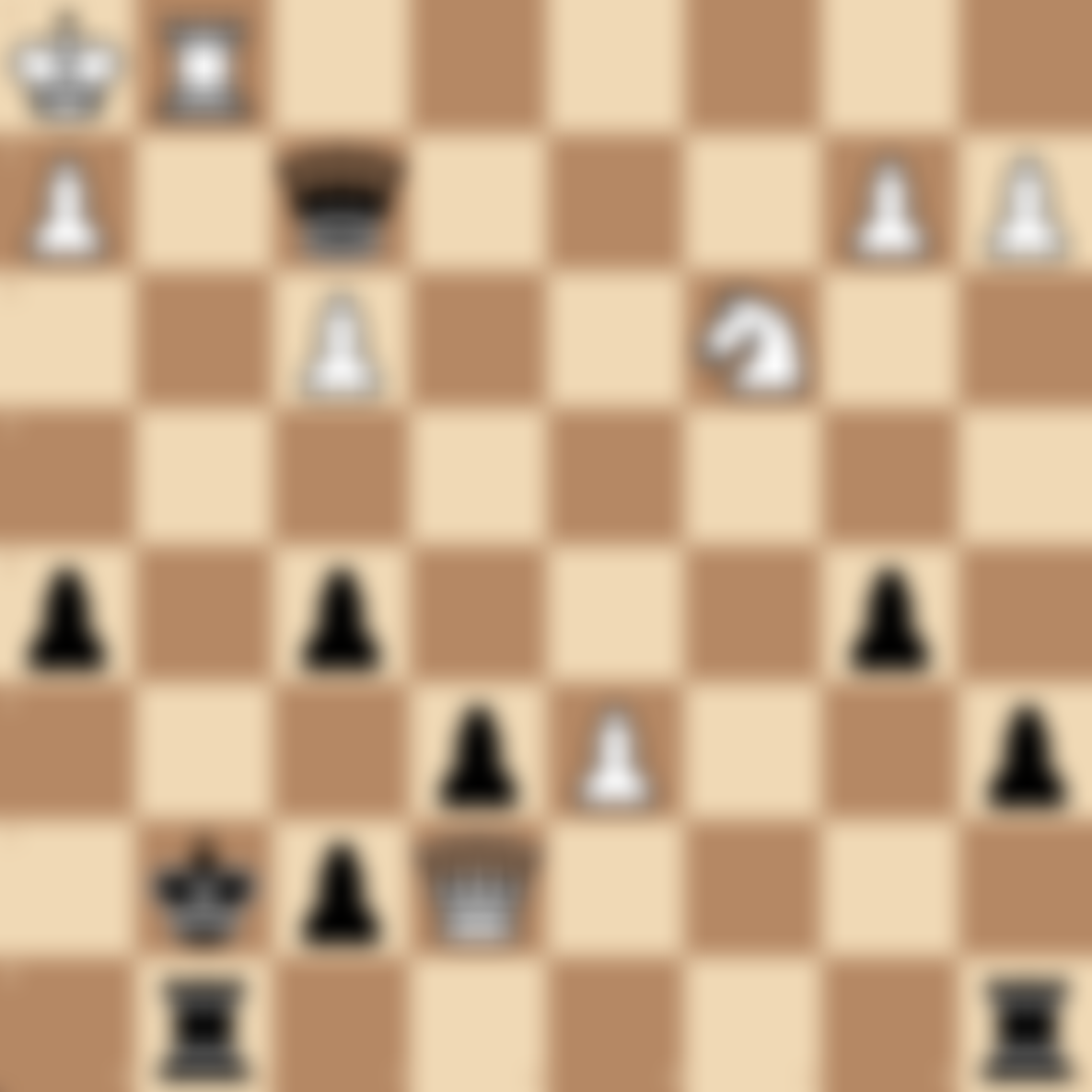Passed Pawns in Chess: The Race to Promotion
Table of Contents
- Introduction
- What is a Passed Pawn?
- Importance of Passed Pawns
- Types of Passed Pawns
- Strategies for Creating Passed Pawns
- How to Use Passed Pawns Effectively
- Defending Against Passed Pawns
- Passed Pawns in Different Game Phases
- Famous Games Featuring Critical Passed Pawns
- Practice Passed Pawn Puzzles
- FAQs
Introduction
Passed pawns are often referred to as "the soul of chess" due to their potential to dramatically alter the course of a game. At chesspuzzles.io, we've developed this comprehensive guide to help you understand, create, and effectively utilize passed pawns, enhancing your strategic play across all phases of the game.
What is a Passed Pawn?
A passed pawn is a pawn with no opposing pawns in front of it on the same file or on adjacent files. This means the pawn has a clear path to promotion, making it a significant strategic asset.
Importance of Passed Pawns
Understanding and utilizing passed pawns is crucial for several reasons:
- Endgame advantage: Passed pawns often decide the outcome of endgames.
- Strategic threat: The mere presence of a passed pawn can tie down enemy pieces.
- Tactical opportunities: Passed pawns can create decisive tactical shots.
- Piece activity: They influence piece placement and activity for both sides.
- Psychological pressure: Passed pawns exert constant pressure on the opponent.
Types of Passed Pawns
- Protected passed pawn: Defended by another pawn, making it particularly strong.
- Connected passed pawns: Two or more passed pawns on adjacent files, supporting each other.
- Outside passed pawn: A passed pawn far from the main pawn structure, often decisive in endgames.
- Blockaded passed pawn: A passed pawn whose advance is prevented by an enemy piece.
- Backwards passed pawn: A passed pawn that is behind friendly pawns, often weaker but still potentially decisive.
Strategies for Creating Passed Pawns
- Advance pawns in connected chains to support each other.
- Use pawn breaks to create passed pawns through exchanges.
- Employ piece play to force favorable pawn structures.
- Utilize sacrifices to clear the path for a pawn to become passed.
- Create outside passed pawns in endgames to stretch the opponent's defenses.
How to Use Passed Pawns Effectively
- Support the pawn's advance with pieces, especially the king in endgames.
- Use the passed pawn to tie down enemy pieces and create weaknesses elsewhere.
- Create threats of promotion to force concessions from your opponent.
- In endgames, activate your king to support the pawn's advance.
- Consider sacrificing material to ensure the pawn's promotion.
Defending Against Passed Pawns
- Blockade the pawn with a piece, ideally a knight.
- Attack the pawn from behind with rooks.
- Try to exchange the passed pawn if possible.
- Create counterplay with your own passed pawns or attacking chances.
- Use the "square rule" to determine if your king can catch a passed pawn.
Passed Pawns in Different Game Phases
- Opening: Focus on pawn structures that may lead to passed pawns later.
- Middlegame: Create and support passed pawns through piece play and pawn breaks.
- Endgame: Passed pawns often become the primary focus and can decide the game.
Famous Games Featuring Critical Passed Pawns
- Capablanca vs. Tartakower, New York 1924
- Fischer vs. Spassky, World Championship Match 1972, Game 6
- Kasparov vs. Karpov, World Championship Match 1987, Game 16
Practice Passed Pawn Puzzles
Enhance your understanding and handling of passed pawns with our carefully curated collection of puzzles:
Try our Passed Pawn Puzzles on chesspuzzles.io now
These challenging puzzles are designed to improve your ability to create, advance, and defend against passed pawns in various positions.
FAQs
Q: Is a passed pawn always an advantage? A: While generally advantageous, a passed pawn can sometimes be a weakness if it's too far advanced without proper support or if it ties down your pieces to its defense.
Q: How do you stop a passed pawn in the endgame? A: Key strategies include blockading the pawn, attacking it from behind with a rook, or using your king to catch it, applying the "square rule."
Q: Are central passed pawns stronger than wing passed pawns? A: Central passed pawns are often stronger as they have more influence over the board, but outside passed pawns in endgames can be particularly powerful as they stretch the opponent's defenses.
Q: Should I always rush to promote a passed pawn? A: Not always. Sometimes the threat of promotion is stronger than the actual promotion, as it can tie down enemy pieces. Assess the position carefully before deciding to push the pawn.
Q: How can I improve my play with passed pawns? A: Study endgame positions with passed pawns, practice with targeted puzzles on chesspuzzles.io, and analyze your own games focusing on pawn structures and passed pawn creation.
Master the art of creating and utilizing passed pawns to dominate your chess endgames and improve your overall strategic play! Ready to test your skills? Try our Passed Pawn Puzzles on chesspuzzles.io now and experience the power of these potential queens in various chess positions!
